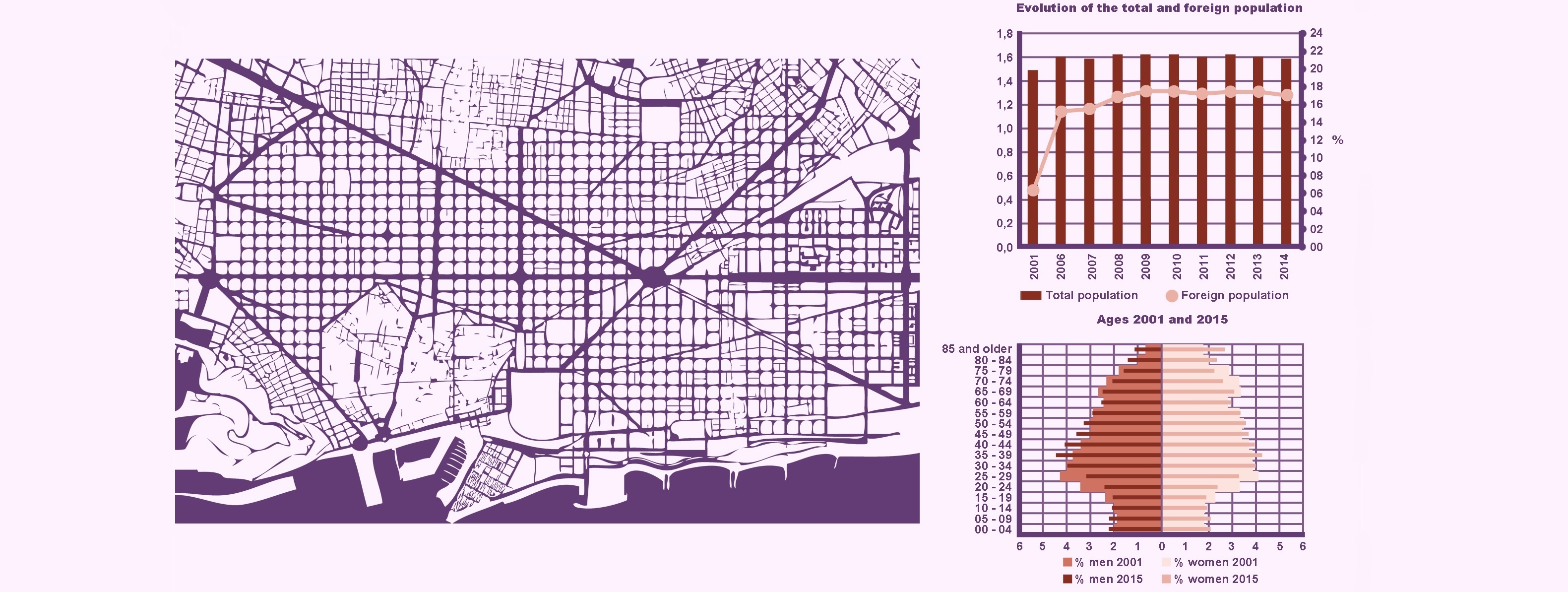
Summary
Many of the challenges in Social Sciences and Humanities can be overcome by using analytic tools that rely on right projections of future population. With the progressive urbanization of the population today, many socio-economic factors are involved in the dynamics of the population in a city, like health morbidity, lifestyle, socio-economy, occupational, environmental or gender issues. Simulation as a tool offers high potential in dealing with these dynamics and the population projection. For instance, in the context of a city, simulation can offer an integrative solution to define better resilience strategies for epidemic interventions (such as tuberculosis, flu, influenza and so on) by means of computational models.
Agent-based methodology is particularly useful for reproducing the activities and interactions of individuals (such as reproducing or exchanging goods), social patterns (such as segregation in neighbourhoods), and population movements on a local and global scale (like migrations or movements from rural areas to cities). However, in a large context these simulations can be difficult to obtain due to the number of agents and interactions involved and the complexity of those interactions among them and their environment. In such cases, parallel simulation techniques are necessary to exploit the capabilities of current large-scale parallel computers in order to support the execution of complex social simulation models.
Objectives
- To develop computer models to assess policy analysis.
- To evaluate the impact of the proposed tools in providing assistance in the territory management policies or epidemic dispersal.
- To understand long-term socio-economical dynamics using demographic, epidemiological and historical data.
